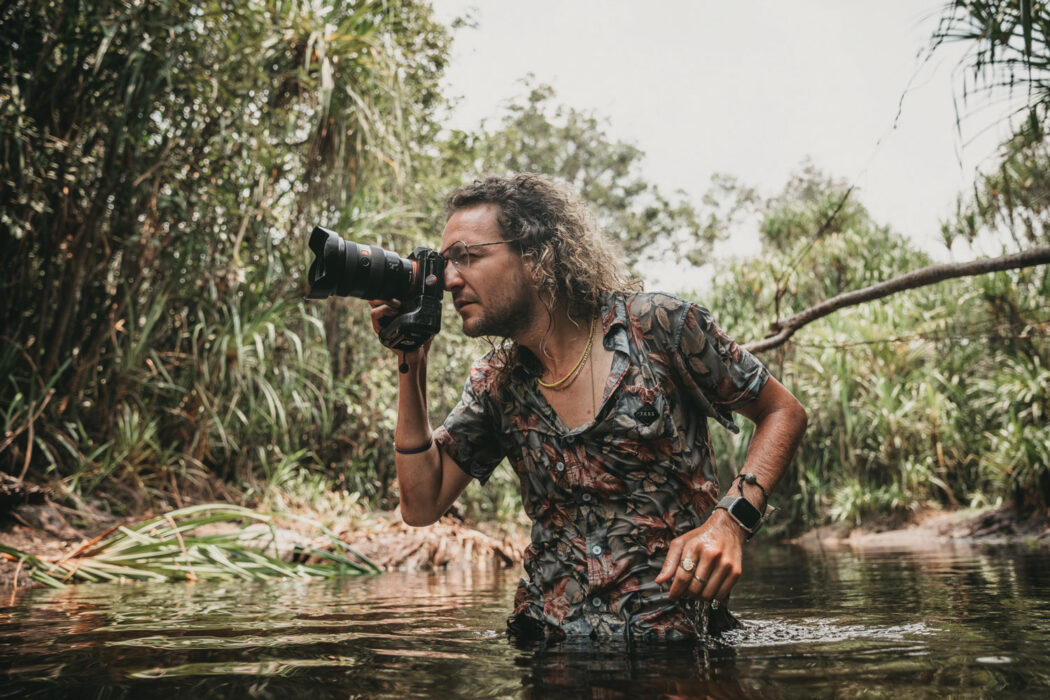Captured in the Wild With Conservation Photographer Donal Boyd
Somewhere in the midst of his adventures around the world, Whalebone was able to track down wildlife conservation photographer Donal Boyd and ask if he wouldn’t mind becoming a judge for the 2023 Whalebone Photo Contest. He kindly tipped his smart-looking safari hat at us and agreed, right before snapping a breathtaking photo of a lion barreling toward him. That’s not exactly how it all went down, but he did say yes. And moreover, he agreed to talk with us a little about his experience behind the lens and his efforts to save and help wildlife all over the planet with his art. A good guy to know.
Being a photographer means…
Donal Boyd: Being a photographer means sharing your unique vision with the world. Combining the countless impressions, experiences and encounters that make you who you are and encapsulating that into an image or a series of images that communicates something from within yourself. For me, being a photographer is the conservation of wildlife through visual advocacy. Communicating what is important by converting my connection to nature and my hope into images to help protect wildlife and nature.
When did you know you wanted to use your skills to focus on wildlife conservation?
DB: Honestly, I’d say from my earliest memories of being in love with wildlife. From probably around 4 or 5 years old my affinity for animals really blossomed. I was always so curious as a youngling, trying to understand nature in the woods close by to my childhood home outside of Boston. As soon as I was old enough to understand that animals were under threat, I would talk to people about how to help protect them, whether that was bald eagles—one of my favorite animals growing up; as a young kid, I loved to share facts about them with everyone I met—or elephants. It wasn’t until much later in life that I was actually able to connect my love of wildlife to the skill of communicating it through photography.
Fact: Most of the “classic bald eagle sounds” that you hear in Hollywood movies are actually red-tailed hawks, because apparently, the real sounds of a bald eagle (sort of like a wimpery twitter) don’t live up to epic Hollywood standards. Trust me, just go on YouTube: “Red-tailed Hawk and Bald Eagle Vocalization”
To you, conservation means…
DB: Conservation means a lot of things to a lot of different people. And I think it depends on where you are in the world and your current position in life. To me right now it means the burden of knowledge. I realize some people don’t have the understanding that I have about the global climate, the plight of wildlife globally or the possible solutions to any of these issues. And they might not even be in a position to contribute as much as myself. But everyone can do something. There’s this saying from Theodore Roosevelt that my mum used to tell me growing up: “Do what you can, with what you have, where you are.” And it always stuck with me. I mean, Theodore Roosevelt was the President of the United States from 1901 to 1909. He established several National Parks as part of the National Parks Program in the US during his presidency. With the pen in his hand, he protected vast landscapes and wildlife that still remain today. He’s a legend. At least right now, I’m not the president, and almost everyone is not and will never be. But, we can do what we can, with what we have, where we are. I might not be able to contribute towards protecting wildlife in all the ways that good ol’ Teddy could. But I can communicate the issues to people around the world who might first learn and understand, and then, with that burden of knowledge, in their own way, contribute wherever they are.
In 50 years what do you want someone to look at your work and think?
DB: Great question. Deep, considering what’s at stake. I would hope that in 50 years, someone who looks back at my work would comment, “People back then were hopeful, motivated and driven to make sure we didn’t keep making the same mistakes. Thank goodness.”
How would you describe your relationship with wildlife and your relationship with photography?
DB: I would describe my relationship with wildlife as one of connection to a bygone perception. A perception of the world where we were not separate from wildlife, because we are animals, after all. I try to tap into that sensation when I’m out in nature in the presence of wildlife through my photography. Through the visual identity of individual animals as portrayed through my lens and editing style. Through the connection to their soul. I aim to communicate this connection through the image to the viewer, so they can hopefully tap into that same feeling. To empathize. And to care. My relationship with photography is one of meditation, communication and hope.
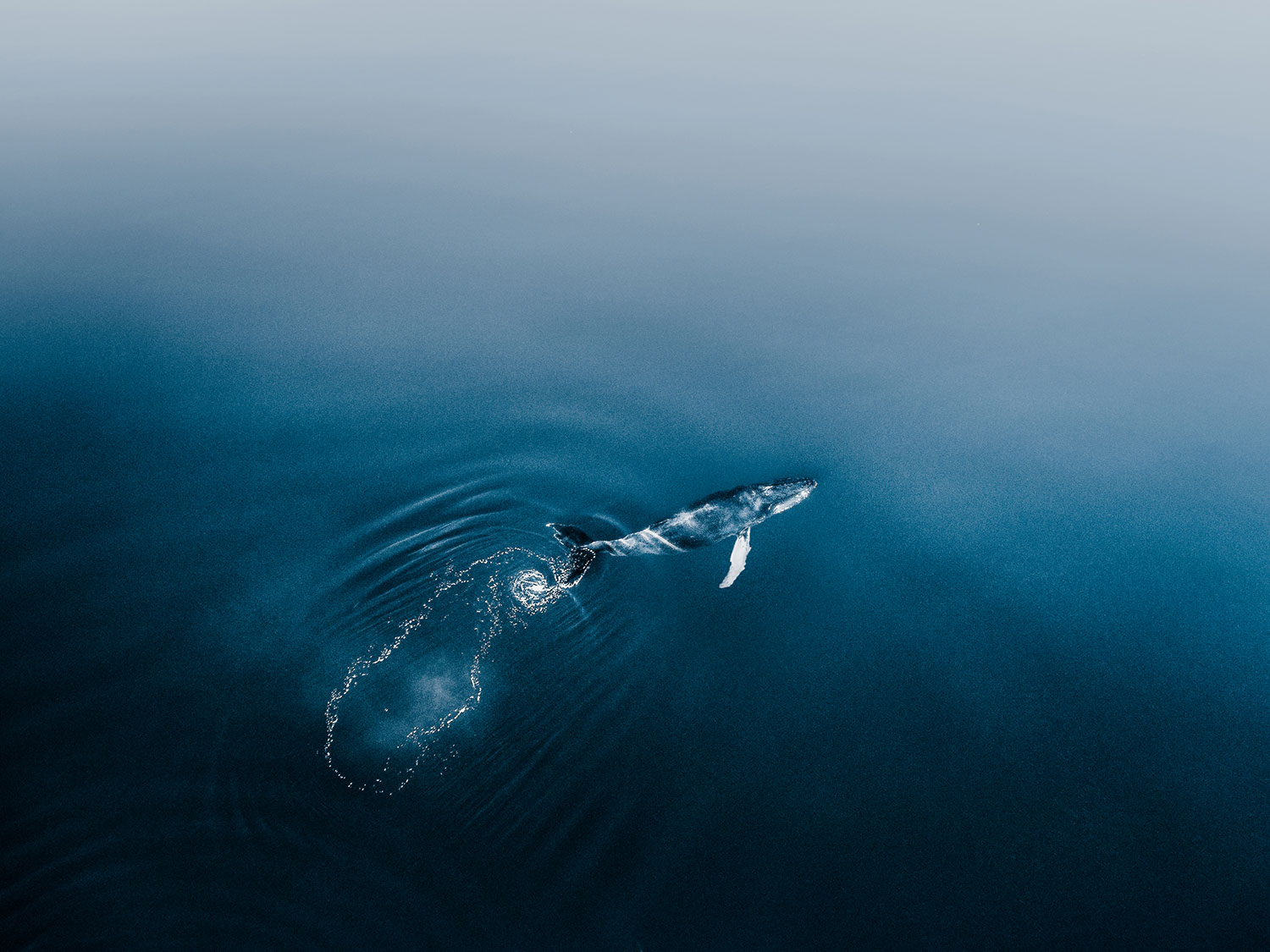
You write poems for your prints. Do you have a favorite?
DB: Between Two Worlds
How strange the surface must seem to a whale.
Born to the water, but bound by air.
Does a whale resent the shackle of returning to the surface to breathe?
I wonder if they dream to explore the depths of the ocean without ever rising again.
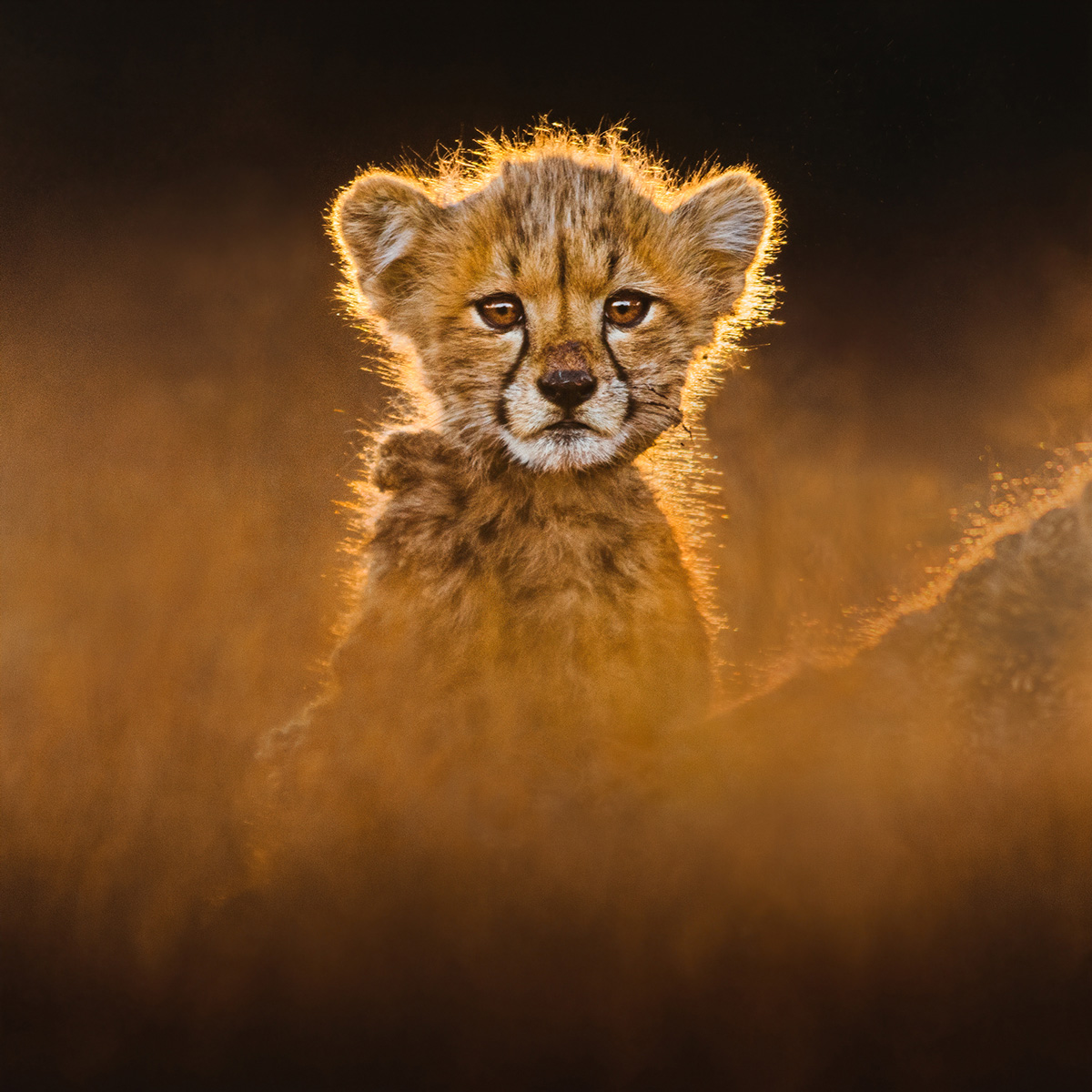
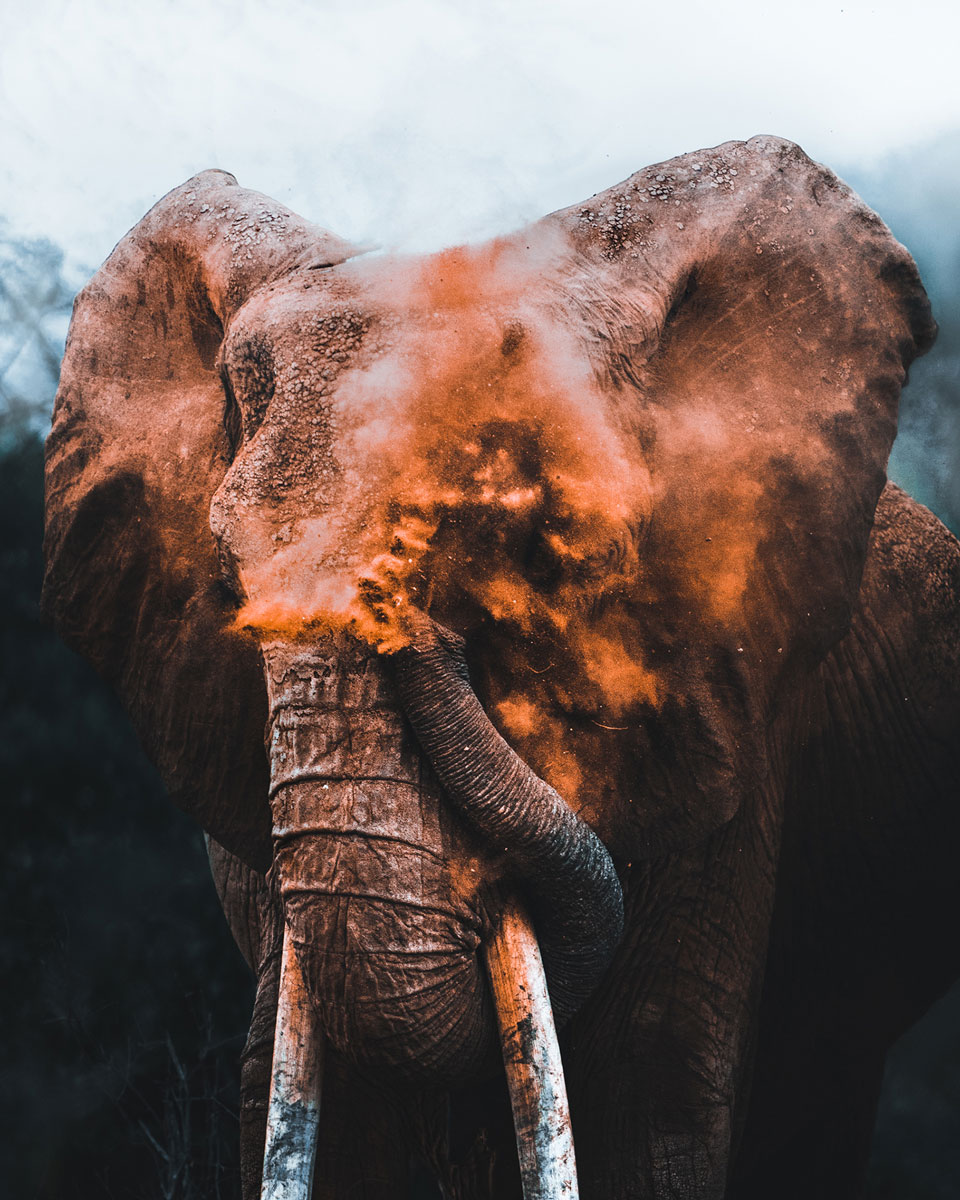
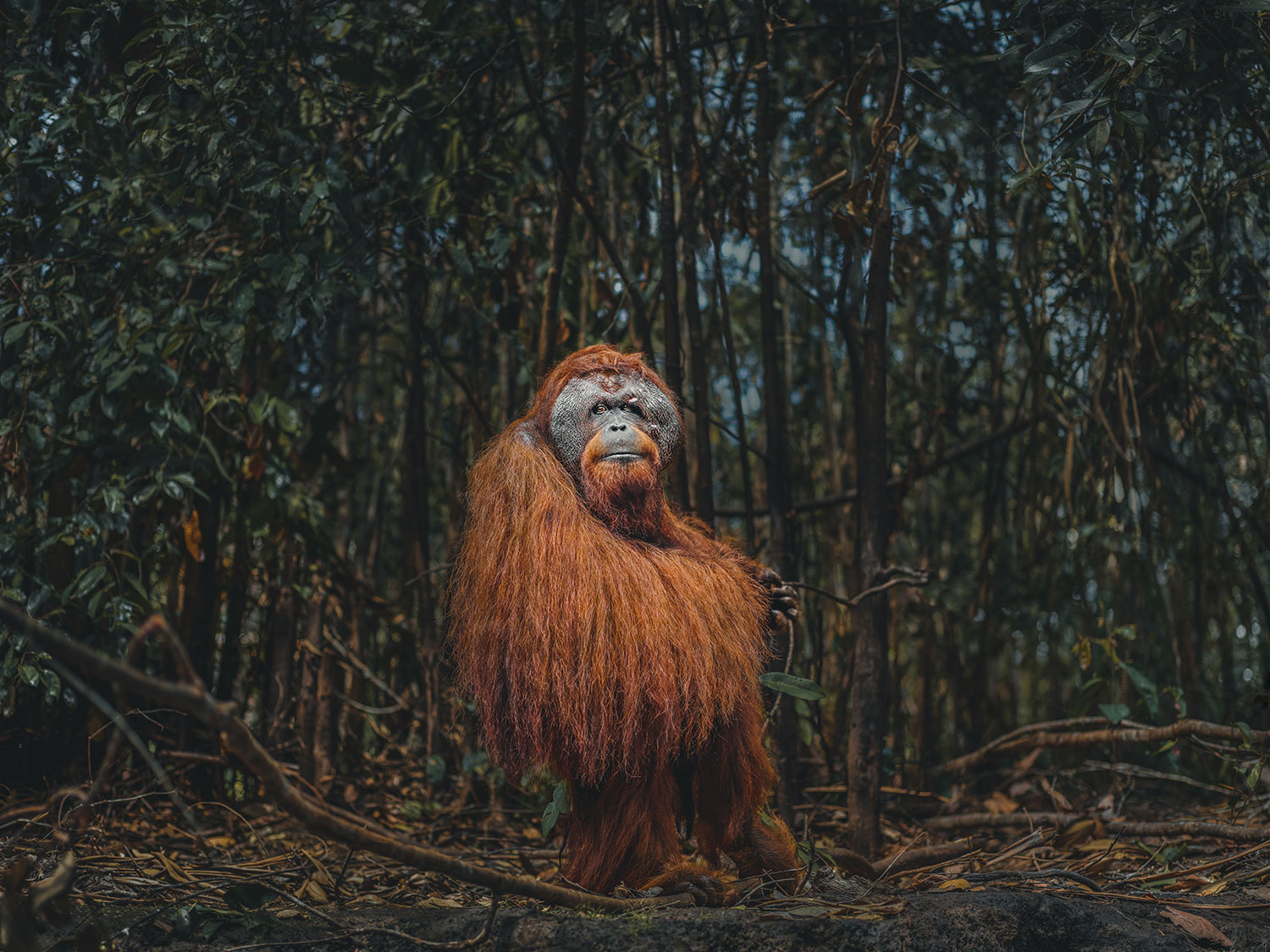
Three photos of yours that you feel send the most powerful message?
DB: Remembering Cheetahs: Cover photography of Remembering Cheetahs—the sale of the book, which featured images donated from countless other photographers, contributed more than $150,000 towards cheetah conservation. It could be even more by now, but that’s what it was when I last checked.
Dida: The late matriarch elephant, a “Big Tusker,” in Tsavo National Park. One of the few remaining at the time, she died of natural causes in 2022. Connects humanity to the fragility, beauty and temporary reality of beauty in nature.
Sage of the Forest: Orangutan in Tanjung Puting National Park in South Kalimantan, Borneo, Indonesia. Captured while documenting a local NGO—Friends of the National Parks Foundation (FNPF)—and their mission to help protect and restore the forest. The image connects us to the orangutan, the man of the forest. They’re so similar to humans, and in their presence, it’s as if you expect them to speak. But they can’t. And that is the tragedy, so in sharing this image, the hope is to connect people to the story of the organization that is helping to protect his home. I’m opening an exhibition next month in Amsterdam with this image and the story of the organization to help raise funds for protecting the forest.
Your favorite animal?
African elephant. Because of their incredible character, emotional capacity and importance to the planet.
Advice for new photographers?
Emotion is key. Incorporating that emotion into how you edit an image without restriction is essential. How you feel when you create a photograph is just as important as what you saw. Try your best not to feel the external pressures of what other people might think “looks good.” Create something that “feels good” to you and you’ll excel in the end.

